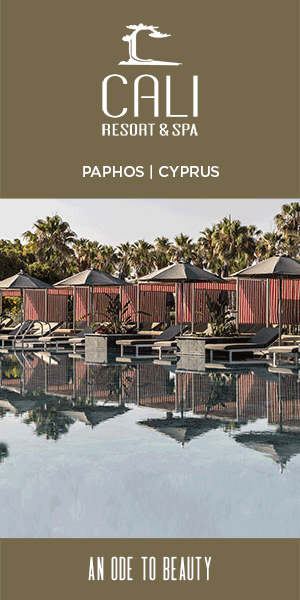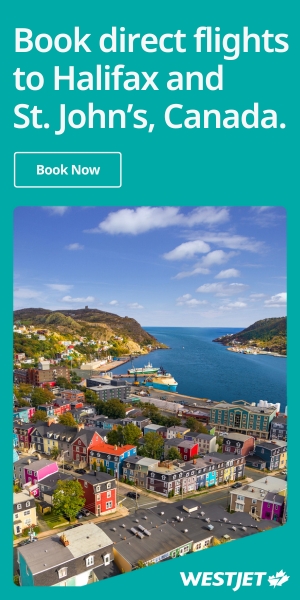Valencia has implemented its new Sustainable Tourism Strategy 2030 to target the carbon footprints caused by tourist activity.
The Visit Valencia Foundation has aligned itself with the international strategies of the World Tourism Organisation (UNWTO) and Habitat III, the United Nation's Conference on Housing and Sustainable Urban Development, to address the challenges of climate emergency and the need for sustainable tourism recovery after the pandemic.
Under this new 'Sustainable Tourism Strategy 2030', Visit Valencia carried out a study in collaboration with Global Omnium that measured the sources of carbon emissions produced by tourism activity in 10 different areas, including public and private infrastructure; water management; solid waste; transport, day visitors and cruise passengers; as well as accommodation.
The research found that all tourism activity produced 1.3 million tonnes of CO2 in 2019, of which 81% was contributed by tourists' transport to the city, while only 0.92% was contributed by the transport within the city. Another interesting finding was that, just 0.01% of the tourism footprint came from water consumption (Valencia is the city with the highest water efficiency in Europe) and that emissions from all tourist activity are equivalent to one third of the carbon footprint generated by residents' food consumption. The report findings have been certified by the Spanish Association for Standardisation and Certification (AENOR).
The Visit Valencia Foundation is utilising these findings to strategise and take prompt actions, so that Valencia becomes a carbon-neutral destination by 2025, with zero environmental impact. The foundation intends to examine the potential for generating energy using renewable sources, to launch a fully electric transport system in the immediate future, while natural spaces such as the Turia Garden or La Albufera would help in absorbing CO2.
The city already has two million square metre of gardens, notably the Turia Gardens and the Viveros, which act as the green lungs of the city; as well as the 20 kilometres of European Blue Flag status beaches. Travellers could also find a greener way to explore the city via the cycle paths and the ciclocalles (cycle-priority streets).










